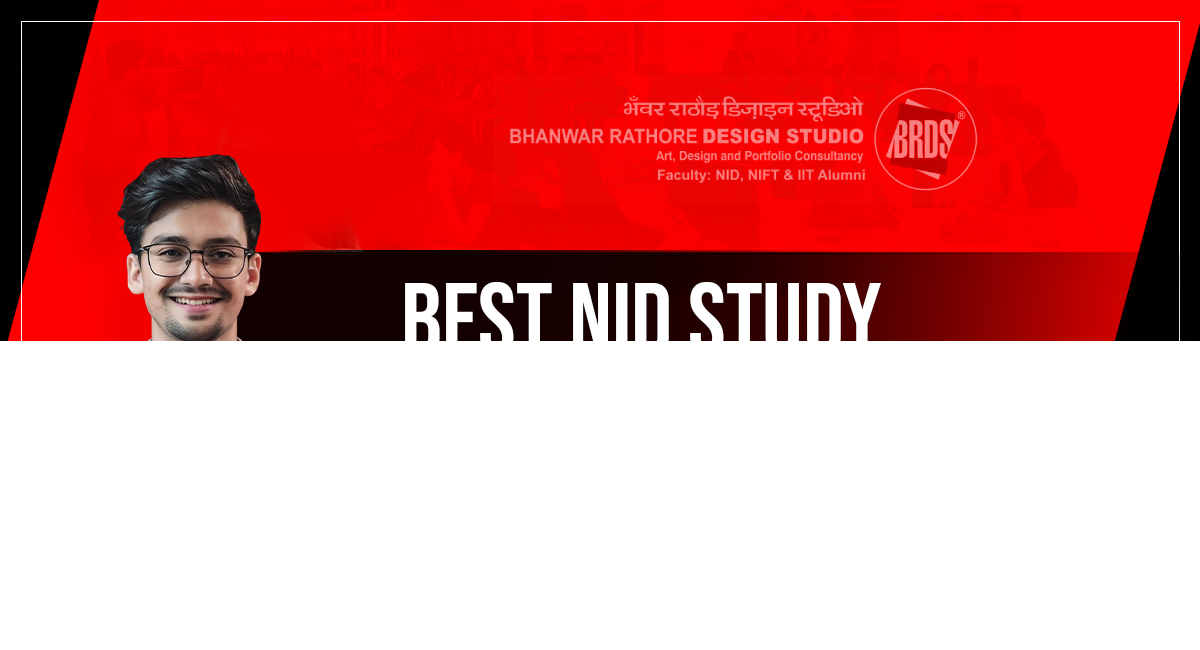Crack the NID Entrance Exam: Smart NID Exam Preparation Tips That Actually Work
Dreaming of NID? The NID Entrance Exam is the gateway — and with the right NID exam preparation you can turn that dream into a seat at a top design school. This Web 2.0-style guide gives quick, practical, and SEO-friendly advice you can use right away: study plan, must-have materials, practice routines, portfolio tips, and how coaching (online or offline) fits in.
🎯 Start with the basics: know the NID exam format
Before anything else, understand what’s tested:
DAT Prelims (Creative & General Abilities) — visual thinking, drawing, reasoning, English, and GK.
DAT Mains / Studio Test — hands-on tasks: model making, material handling, execution, and presentation.
Portfolio & Interview (where applicable) — story, process, and originality.
Knowing the structure saves time and focuses your NID exam preparation.
✅ Quick NID Exam Preparation Roadmap (3–6 months)
Here’s a simple weekly rhythm you can follow:
Daily (1.5–3 hrs)
30–60 min sketching (objects, gestures, fabric drape)
20–40 min creative exercises (idea-to-sketch, redesigns)
20–40 min GAT practice (logical puzzles, reading comprehension, GK)
Weekly
1 full mock test (timed) — simulate DAT Prelims
1 studio practice session (model-making / 3D craft)
Portfolio work: refine one project
Monthly
Portfolio review with mentor/peer
Revise past-year papers and note recurring themes
✍️ Master the Creative Ability Test (CAT)
Practice daily sketching: people, products, interiors, apparel. Speed + clarity = winners.
Work on composition & storytelling: every sketch should communicate a single idea clearly.
Use varied mediums — pencil, charcoal, markers — to gain control and expression.
🧩 Nail the General Ability Test (GAT)
Improve reasoning & quantitative skills with short daily drills.
Read editorial pieces and design blogs for English comprehension & GK.
Solve previous year GAT questions — pattern familiarity is everything.
🏗️ Studio Test & Model-Making — the make-or-break stage
Practice with everyday materials: cardboard, thermocol, paper, tape, clay.
Build clean, functional, and creative models — judges look for concept + execution.
Plan before you build: quick thumbnails → structure sketch → execution.
Time yourself during practice so you finish neat, not rushed.
📁 Portfolio tips that impress
Show process: sketches → iterations → final outcome. The journey matters.
Keep 8–12 strong works — quality over quantity.
Include multidisciplinary projects: fashion, product, spatial, graphics (where relevant).
Present with short captions explaining problem, idea, materials, and outcome.
🧑🏫 Is NID Coaching worth it?
Yes—if you use it right. Coaching gives structure, critique, and mock-studio setups.
Offline coaching: great for hands-on studio practice and peer reviews.
NID online coaching: perfect if you need flexibility + recorded lessons + portfolio feedback.
Use coaching for feedback loops — then practice independently.
🔁 Mock tests & feedback loop
Take weekly timed mocks for DAT Prelims.
Do simulated studio tests monthly — replicate material limits and timing.
Get feedback from mentors and act on it immediately. Small, repeated fixes add up fast.
🧠 Mindset & time management
Start early and be consistent — creativity grows with practice.
Track improvements: keep a practice log (what you practiced, time spent, what improved).
Rest and reflect — creative work needs downtime to recharge.
If you’re planning coaching or studio practice, search for local options like “NID coaching in Ahemdabad” (Delhi, Mumbai, Ahmedabad, Bangalore, Kolkata). Local studios often offer weekend studio sessions and material access, which are invaluable.
FAQs
Q: How long should I prepare for NID?
A: 3–9 months is common — start earlier if you want a relaxed pace.
Q: Should I focus more on CAT or Studio Test?
A: Balance both. CAT gets you shortlisted; Studio Test wins the seat.
A: Yes — but ensure clean presentation and high-quality images of models and process.


.jpg)

Comments
Post a Comment